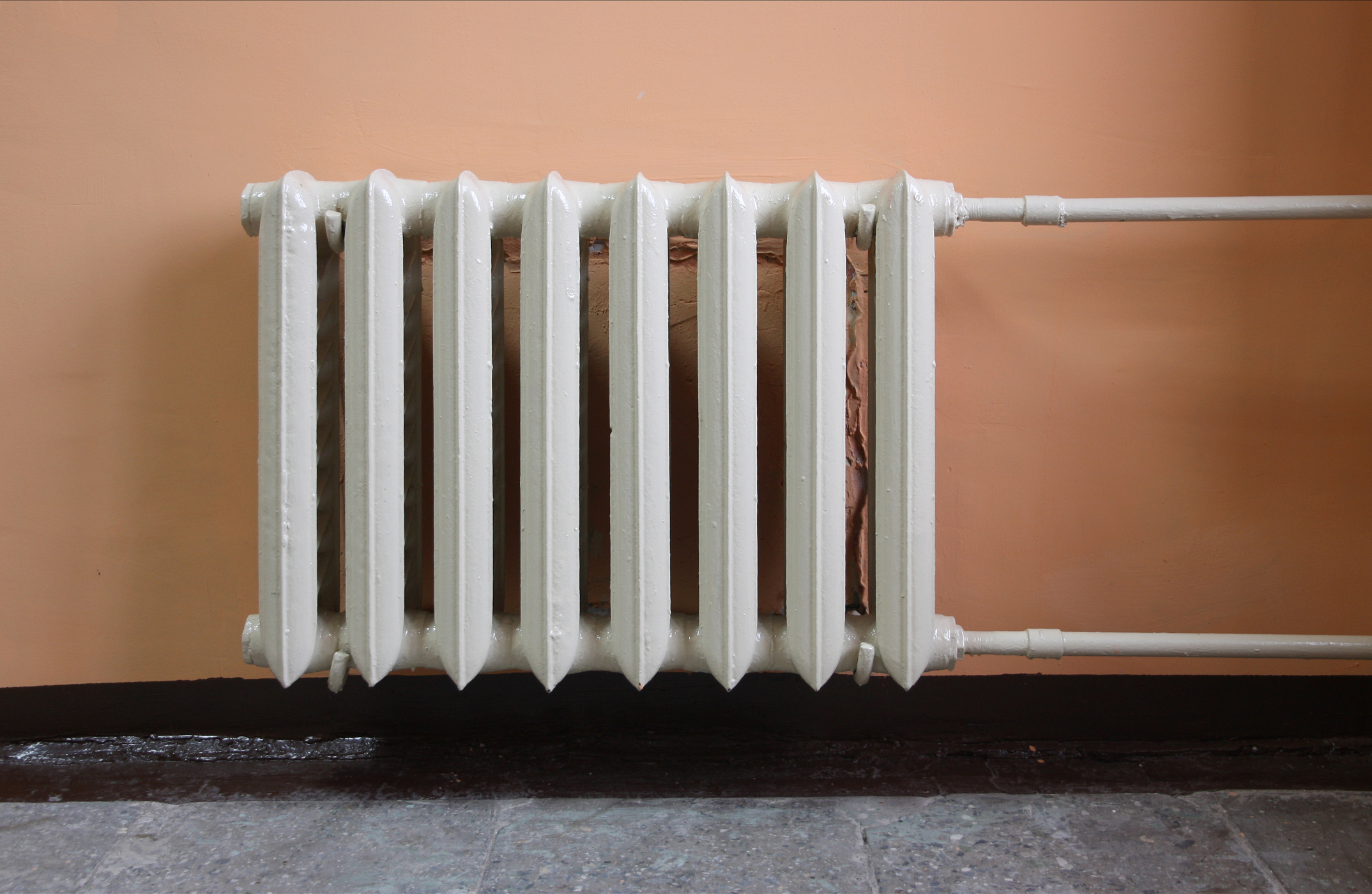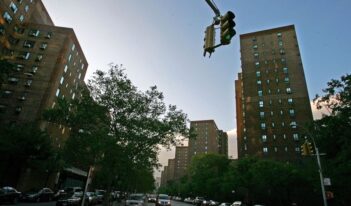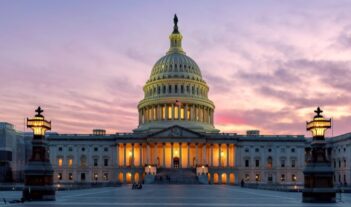
Proposed change to the city’s code would eliminate outdoor temperature as a determinant for heating.
As temperatures plunge to below freezing, a fierce debate between landlords and tenants across New York City will reignite: is the apartment too cold?
Tenants may find new power in the debate if the New York City Council passes Intro 722, a bill that would raise the minimum indoor temperature in residential apartments and eliminate outdoor temperature as a determinant for heating. At a recent Housing Committee meeting, Council Member and sponsor of the bill, Jumaane Williams, argued that “[t]here’s simply no justification for allowing New Yorkers, especially seniors and infants, to live in frigid 40 and 55 degree apartments.” Manhattan Borough President Gale Brewer also provided support, stating that “many New Yorkers woke up to temperatures in the low teens” earlier this season.
Landlords already have a legal obligation to provide a minimum level of heat to tenants. Failure to provide adequate heat can result in fines ranging from $250 to $1000 per day depending on the egregiousness and frequency of violation.
However, current law ties heating requirements to outside temperature. Property owners must maintain an indoor temperature of 68 degrees Fahrenheit when the outside temperature drops below 55 degrees during the day. The law also requires an indoor temperature of 55 degrees Fahrenheit when the temperature drops below 40 degrees at night.
This outside temperature requirement makes enforcement difficult, according to Vito Mustaciuolo, Deputy Commissioner for the Office of Enforcement and Neighborhood Services at the New York City Department of Housing Preservation and Development (HPD). HPD inspectors only issue violations when they find that both the indoor and outdoor temperatures warrant a violation. Yet since the temperature can fluctuate within a matter of minutes, tenants could be left in the cold simply because the inspector came an hour too soon.
Temperature fluctuations can also negatively impact landlords, claimed Mustaciuolo. Since many heating systems take time to work, a landlord could be issued a violation unjustly if the building has not had suitable time to warm up before an inspection.
Ultimately, this leads to increased costs for HPD. Mustaciuolo described instances when inspectors visited buildings multiple times over the course of a few days because of repeated tenant complaints.
If passed, the New York City proposal would make minimum indoor temperatures mandatory between October and May, regardless of outside temperature. Other cities, including Chicago and Philadelphia, already have similar heating ordinances that do not depend on outdoor temperature.
The proposal would also raise the minimum indoor temperature from 68 degrees to 72 degrees Fahrenheit during the day, and from 55 degrees to 65 degrees Fahrenheit at night. Experts claim that keeping thermostats at 55 degrees Fahrenheit will prevent pipes from freezing. However, testimony at the Housing Committee hearing asserted that health and safety concerns necessitate higher indoor temperature minimums. Currently, residents living in apartments with the lowest minimum indoor temperatures often resort to space heaters and open ovens to keep warm. Such courses of action can be dangerous in cramped apartments, causing fires, carbon monoxide hazards, injuries, and death.
With budgets tight, some citizens contend that the bill would drive up energy prices and be an energy waste. “Did the city suddenly run out of blankets and sweaters?” one pollee quipped. Yet other citizens claim that extra clothes are not enough. “I bundle up, I wear tons of layers, I sleep under three big blankets – and I’m still cold,” one woman reportedly claimed.
Heat violations are concentrated in lower income areas such as Morris Heights and Grand Concourse in the Bronx. Recently, New York City Public Advocate Letitia James filed a lawsuit against the New York City Housing Authority, claiming that it keeps indoor temperatures in affordable housing apartments lower than current city policy.
Staying warm in New York City is not only a problem for municipal tenants. Homeless populations are particularly vulnerable during cold winters. New York Governor Andrew Cuomo recently signed an Executive Order requiring local governments to move individuals experiencing homelessness to shelters when temperatures drop to freezing or below. However, some local governments are pushing back, questioning the legality of forcible removal. New York City Mayor Bill de Blasio argued that when people are not in danger, they should have the right to decide what is best for themselves.
After enjoying relatively mild weather in December 2015, winter hit New York at the beginning of the New Year. The city received a mammoth snow storm in mid-January and experienced its “coldest temperature in decades” this Valentine’s Day weekend.



